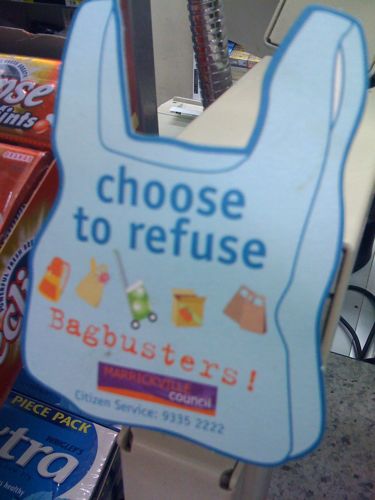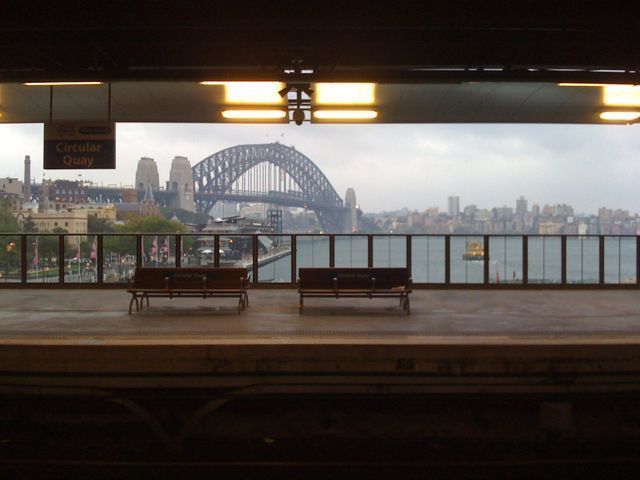After my rant last week about restaurant sites that don’t take users into account, just like London busses, three good ones come along at once! I didn’t want to leave you thinking I was all whinge and no praise so decided to write about them here.
We were looking for a good Indian food or African food delivery in the neighbourhood and did the searching in my usual way; online.
The first happy discovery was the African Feeling restaurant,which surprised me because, for such a modest and unassuming place, it felt like a very well thought out and professional site. Not perfect, but well ahead of the more expensive and hip competition, I must say. It has room for improvement, but is a very good effort and answers the visitors questions.
Location, menu examples and prices and atmosphere images were easy to find, even if not optimally formatted (menu was a JPEG, not in searchable and SEO friendly text). Nice touches were the great portraits of staff, food, dining room and examples of how a dinner party might look. You can even book a table through the site and get an email confirmation.
My favourite though was the honesty and confidence of linking directly to published food reviews, from notable publications like the SMH, as well as including user reviews.
Nice touch!
But they didn’t deliver, we felt lazy that night, so shelved it for a dinner plan later in the month.
The next one had a name I didn’t like but understood the reasoning for. I was led to Posh Spice through the positive reviews but stayed because of the menu and ordering system which, quite clearly, had been thought about and tested by the providers, Menu Log.
The delivery prices were the same as the restaurant prices, not more than, which is what some third party delivery services charge. The entire process thought about retaining my trust, from the AJAX shopping cart system, through to the email and SMS confirmations and 15% first order discount.
Interestingly, it created confidence in both the restaurant as well as the delivery ordering experience,. difficult to do in one hit.
What pleased me was the recognition of how to speak to people in an online environment, and how to cater to letting them discover their needs. Posh Spice, with their partner MenuLog,. clearly want to help you make your decision eaily.
Oh, and yes, the food was most excellent, (I reccommend the fish with coconut and the “osso-bucco” style lamb shank!) delivered with a smile.




